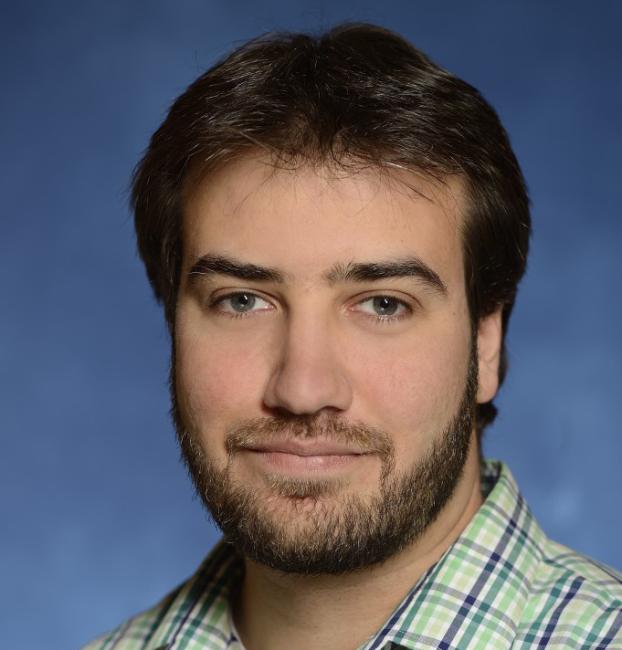Seminar on "Effect of Temperature and Crystal Size on the Transformation of Deformation Modes in Magnesium"
Events | Mechanical Engineering
Seminar on "Effect of Temperature and Crystal Size on the Transformation of Deformation Modes in Magnesium"
November 20, 2017 7:30 AM

Speaker
Professor Jaafar El-Awady
Location
ESB 1001
Type
Seminar
Magnesium (Mg) and its alloys have been garnering significant interest as structural materials for many technologically relevant applications due to their lightweight, high strength, and superior damping capacity. However, the use of Mg alloys as a structural material has been limited to date due to their poor ductility and formability. The poor ductility of Mg originates from the hexagonal closed packed (HCP) lattice structure, which exhibits low crystal symmetry. As a result, Mg does not have sufficient active slip systems at room temperature, which dictates that deformation twinning plays an important role in accommodating plastic deformation. Thus, quantifying the competitive nature between slip and twinning is necessary to understand the deformation behavior of Mg and subsequently improve its properties through alloying.
In this talk, the results of a comprehensive experimental study to understand the effect of temperature and crystal size on the transformation in deformation modes in a-axis textured Mg polycrystals and twin oriented Mg single crystals will be discussed. In bulk scale polycrystals with coarse-grain sizes it is found that with increasing temperature twinning is suppressed and the strain hardening dramatically decreases. On the other hand, single crystal microcrystals having sizes ranging from 2 μm to 23 μm were fabricated using FIB milling, then tested by in-situ SEM nanoindentation. The room temperature in situ experiments reveal two regimes of size effects: (1) single twin propagation, where a typical “smaller the stronger” behavior was dominant in pillars ≤ 18 μm in diameter, and (2) twin-twin interaction, which results in anomalous strain hardening in pillars > 18 μm. In addition, with increasing temperature a increase in the flow strength is observed at 100oC while twinning still governs plasticity. However, at 150oC, strain softening dominates due to dislocation mediated plasticity.
Transmission electron microscopy (TEM) imaging was utilized to understand the mechanical response and the governing deformation mechanism operating at different temperatures.
Finally, atomistic and discrete dislocation dynamics simulations results will also be discussed to understand the underlying mechanisms that control the deformation at different crystal sizes and temperatures.
Jaafar El-Awady’s research group (Webpage: http://compmat.johnshopkins.edu/) focuses on developing multiscale simulation techniques, and microscale experiments to predict the underlying deformation, damage, and failure mechanisms in materials. El-Awady received his B.S. in 2001 and M.S. in 2003, with a major in Aeronautic and Astronautic Engineering from Cairo University, Egypt, and his Ph.D. in Aerospace Engineering from the University of California, Los Angeles (UCLA) in 2008. Following his graduate work, he joined the Materials and Manufacturing Directorate at the Wright Patterson Air Force Research Laboratory in Dayton, Ohio, as a visiting scientist. In 2010 he joined the Department of Mechanical Engineering at The Johns Hopkins University as a faculty member in 2010, and was promoted to an Associate Professor in 2017. El-Awady is the recipient of multiple awards including: the DARPA Young Investigator award in 2012, the ASME Orr Early Career Award in 2014, and the National Science Foundation CAREER Award in 2015.